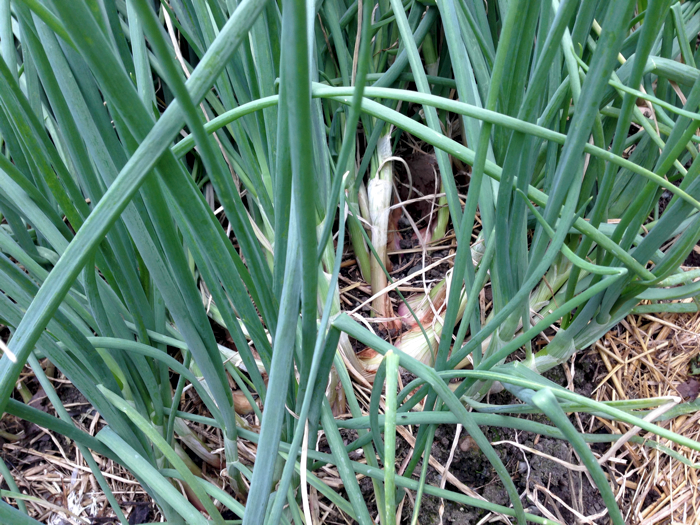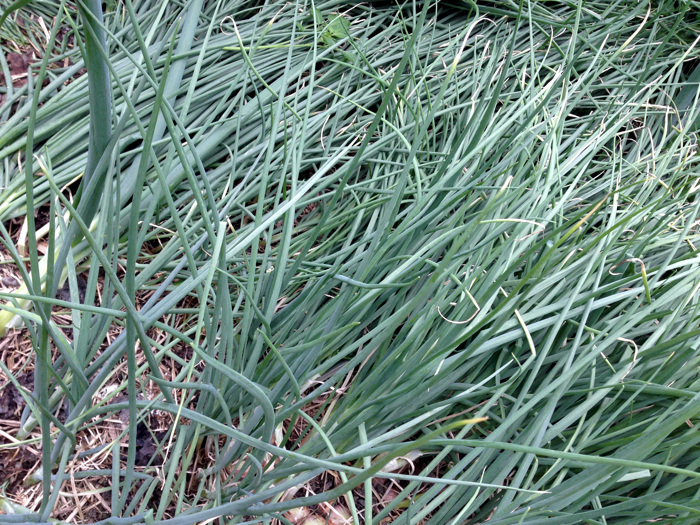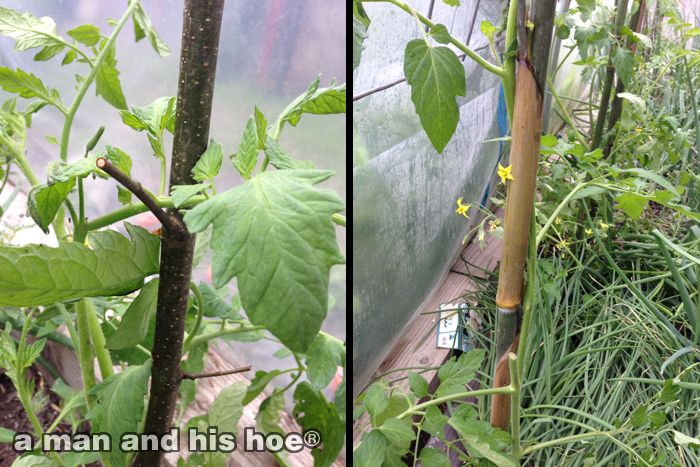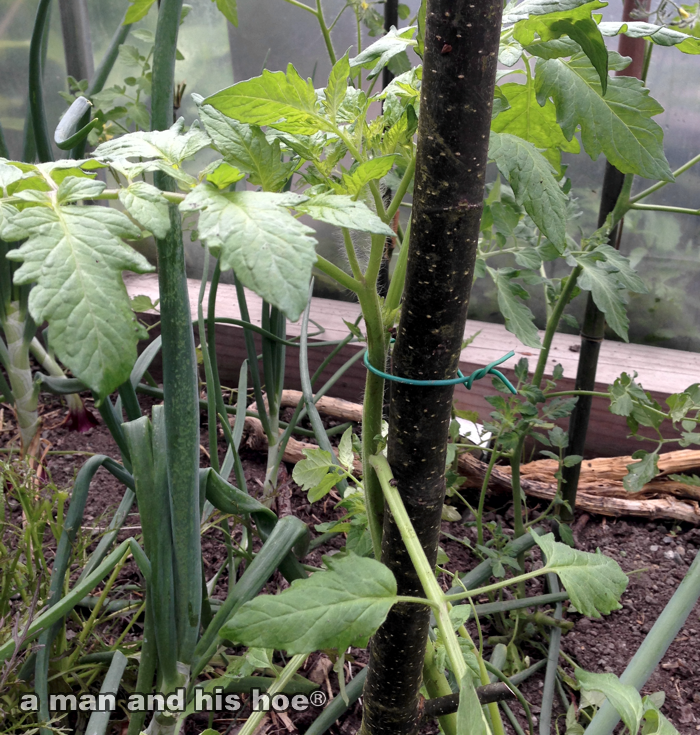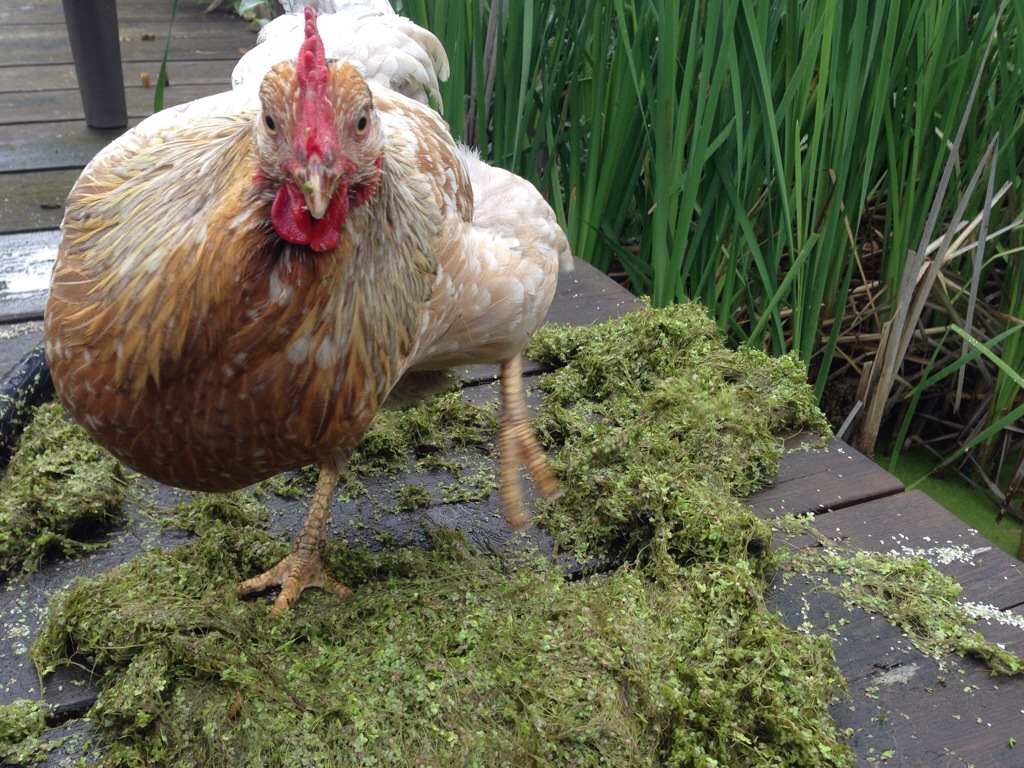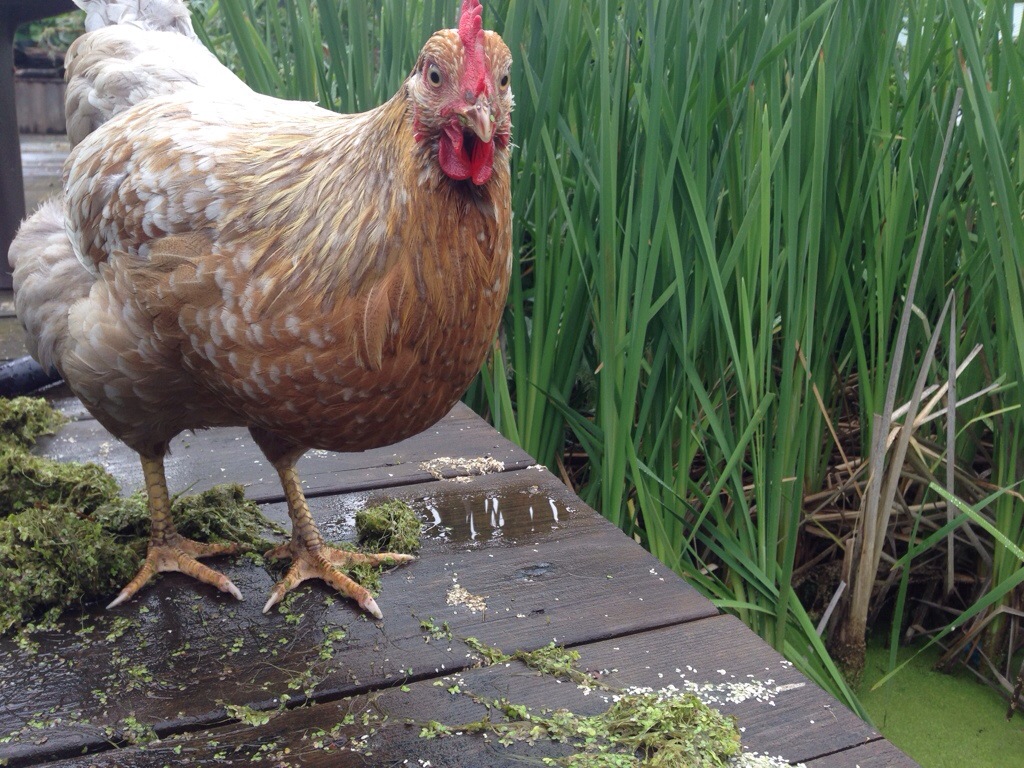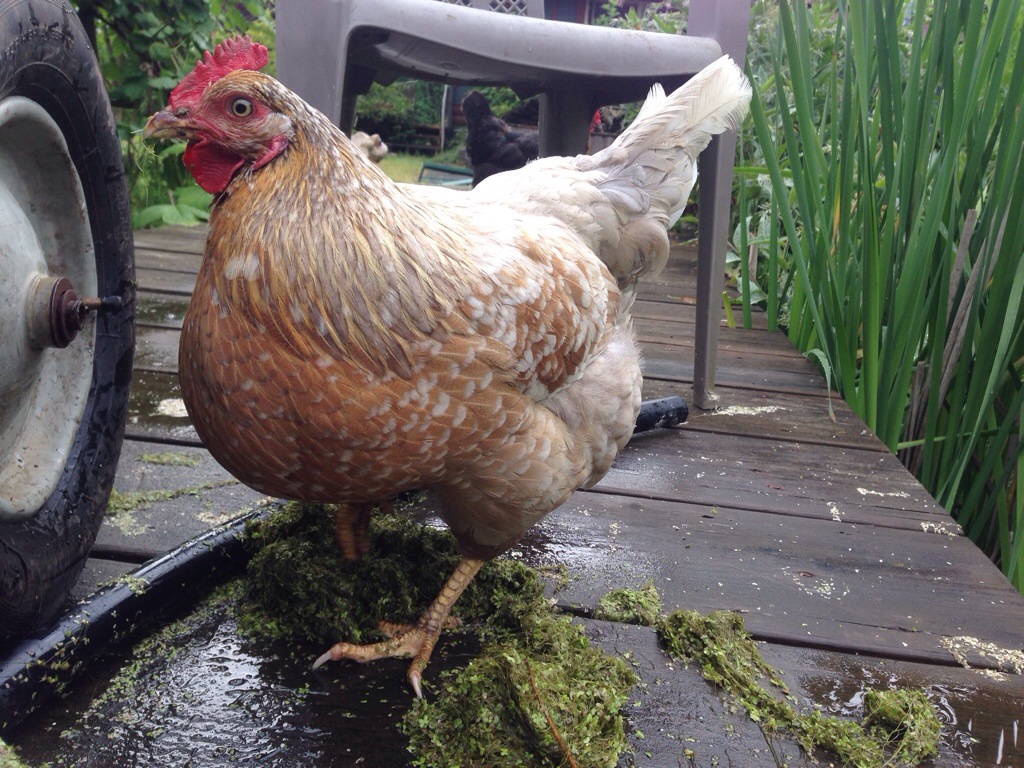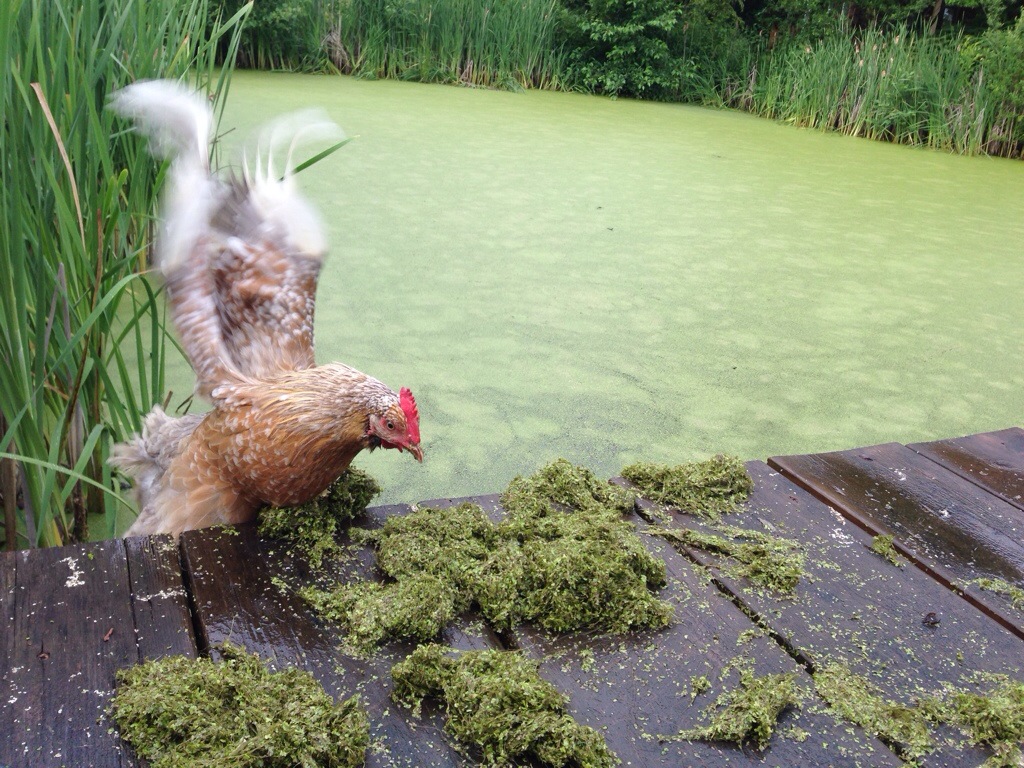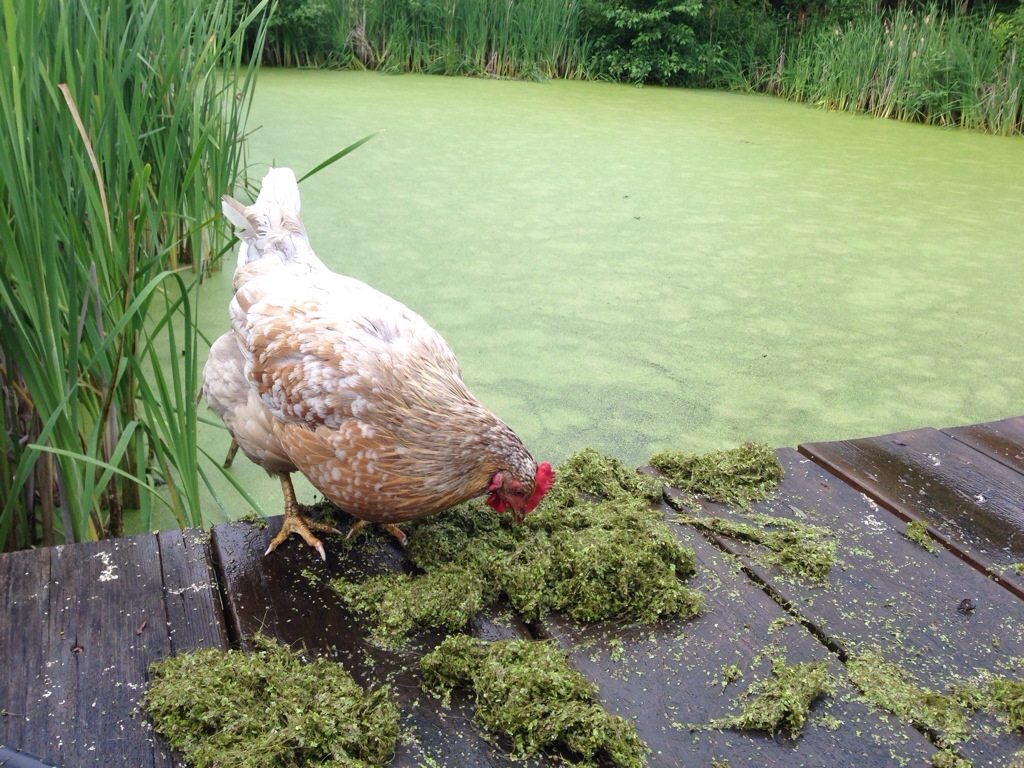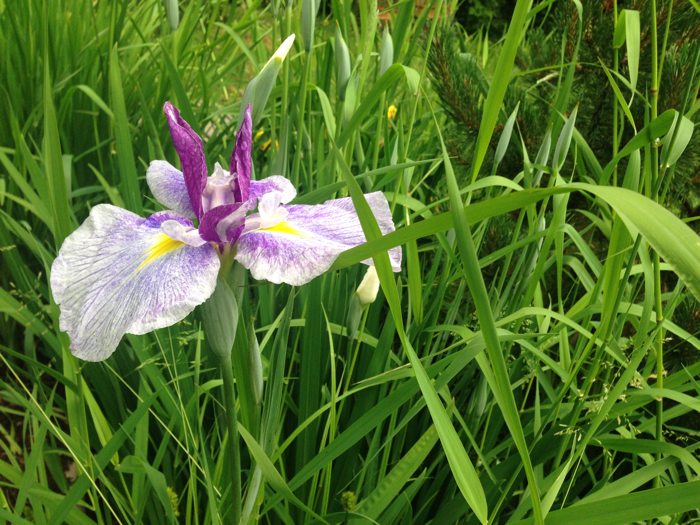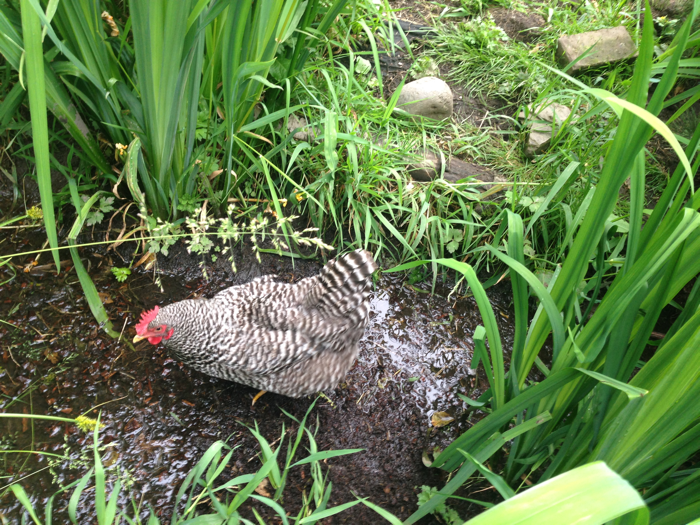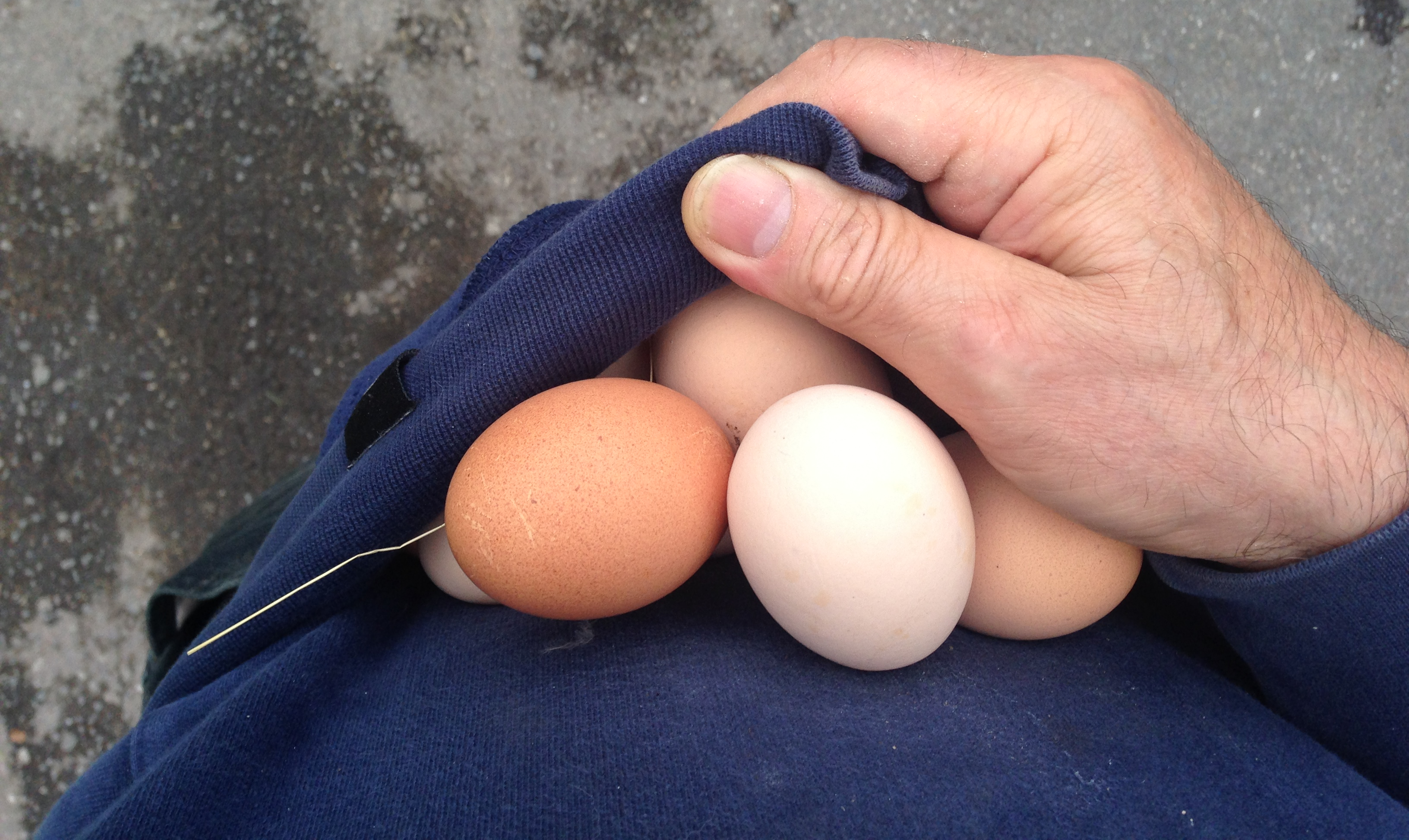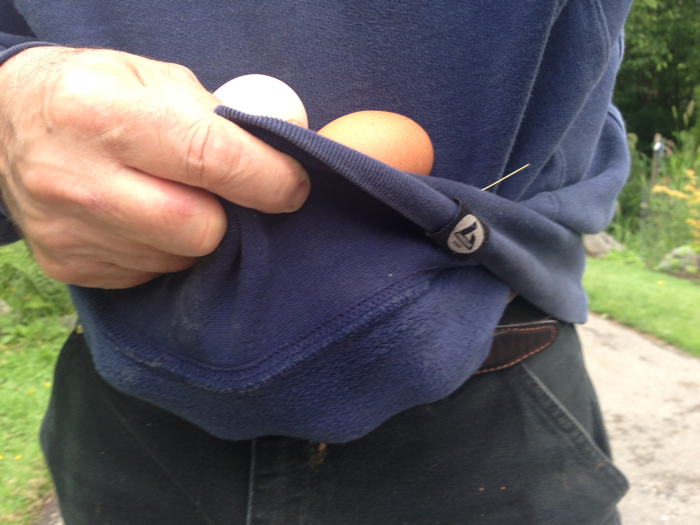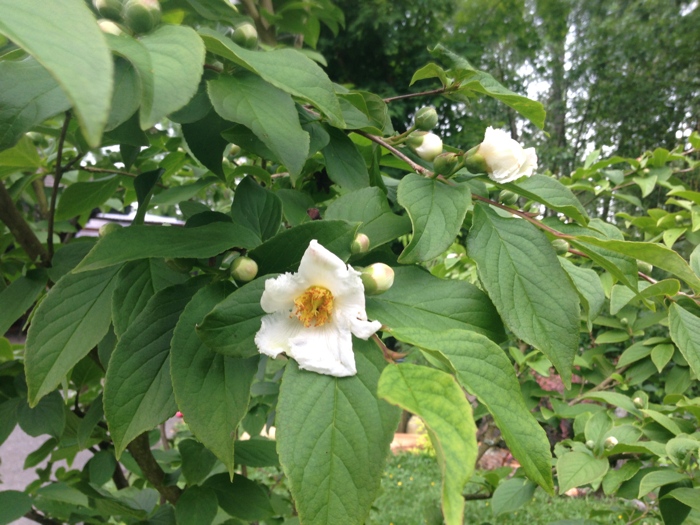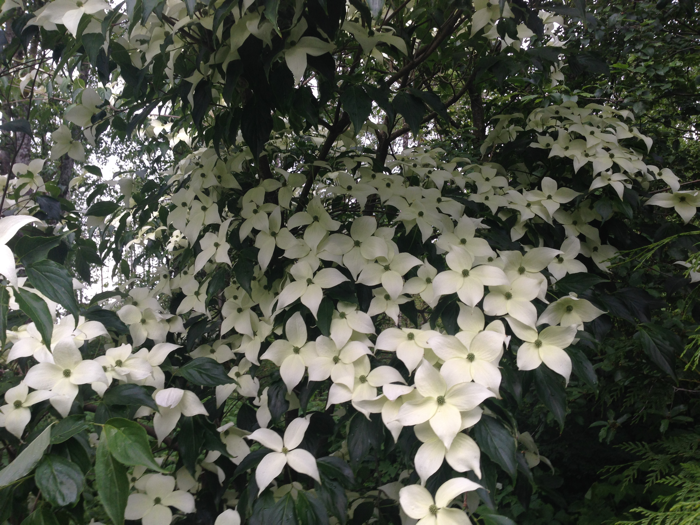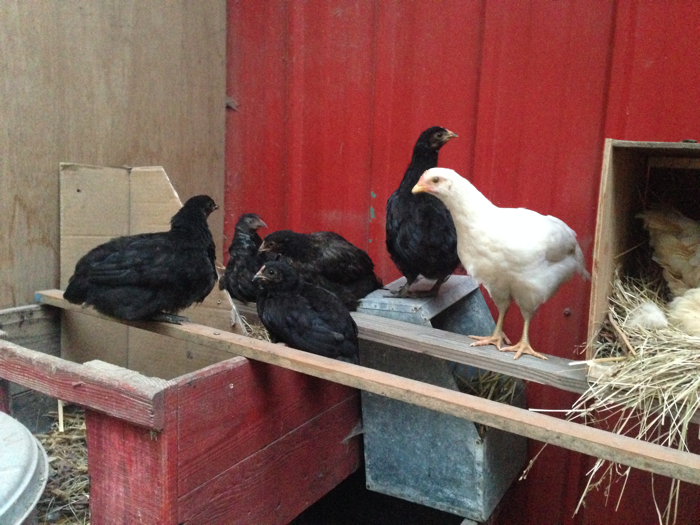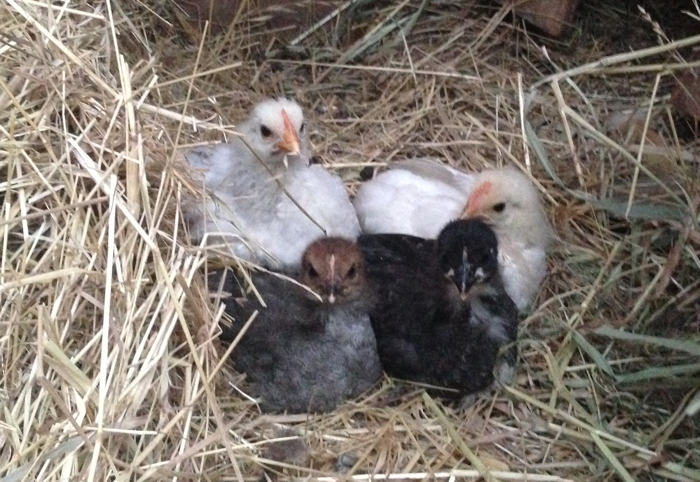Every evening, going into the garden is pure delight. Onions, shallots, carrots, mustard and lettuce greens will make a delicious soup tonight. Today, the New York Times had an article Threat Grows From Liver Illness Tied to Obesity today about the growing incidences of fatty liver.
In the past two decades, the prevalence of the disease, known as nonalcoholic fatty liver, has more than doubled in teenagers and adolescents, and climbed at a similar rate in adults. Studies based on federal surveys and diagnostic testing have found that it occurs in about 10 percent of children and at least 20 percent of adults in the United States, eclipsing the rate of any other chronic liver condition.
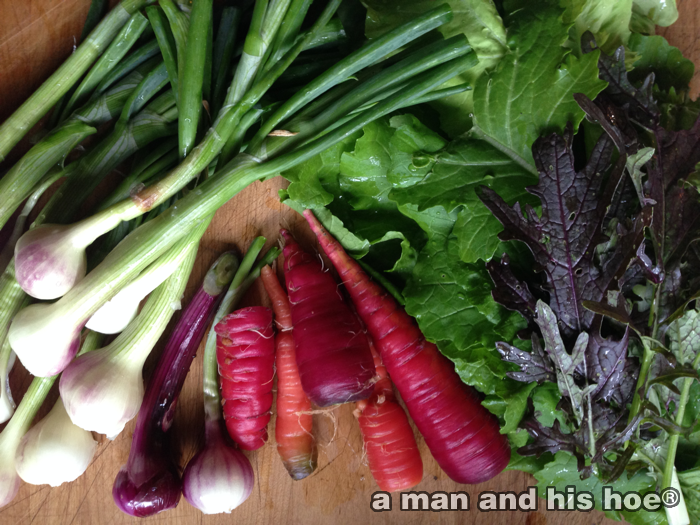
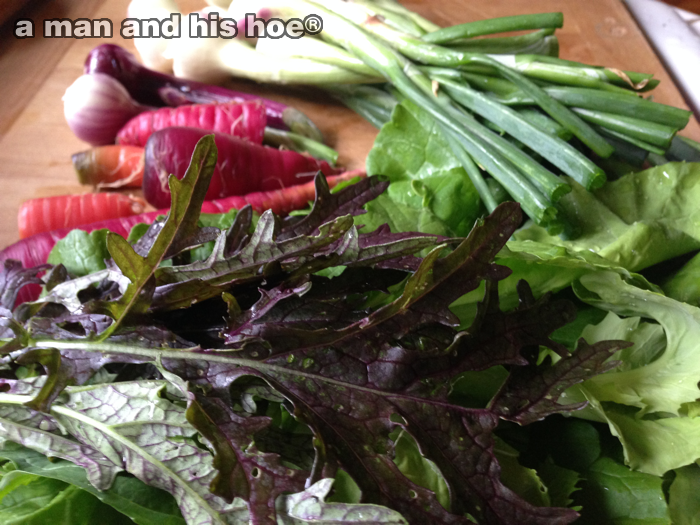
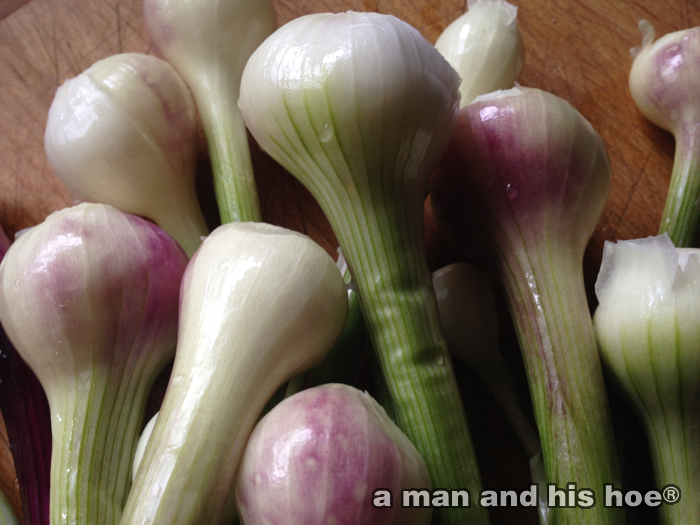
A more progressive form of nonalcoholic fatty liver is called nonalcoholic steatohepatitis, or NASH. It is estimated that 2 to 3 percent of people in the US, some five million, have NASH. Many of these people will eventually need liver transplants. In 2001, 1 percent of liver transplants were due to NASH, but by 2009 NASH patients accounted for 9 percent of liver transplants.
The increase in NASH is due to poor diets and lack of exercise. Thirty years ago, the condition was so rare, there wasn’t even a name for it.
Some point out that access to fresh vegetables and fruit is limited in many communities, forcing residents to rely on fast and junk food. Yet you can grow a lot of fresh vegetables in a small space. Even a ten by ten foot plot can provide enough greens for a daily salad for a family. Travel through any city and you will find plenty of unused lots which could be used as community gardens to provide fresh produce for the neighborhoods.
City parks could be redesigned to include vegetable gardens and fruit orchards to be used by local residents. These spaces would not only provide delicious, healthy food, they would also provide exercise opportunities and could be used to teach children where food comes from, how it grows, and how important a clean environment is for everyone.
